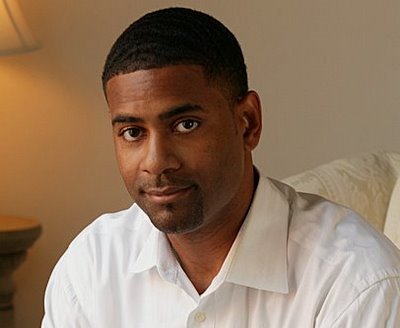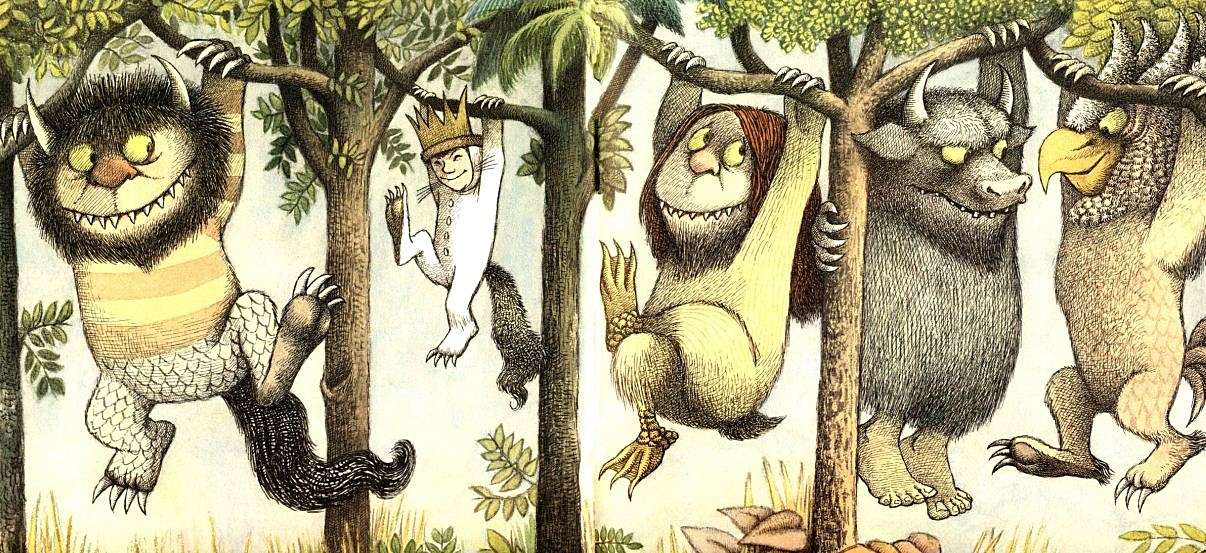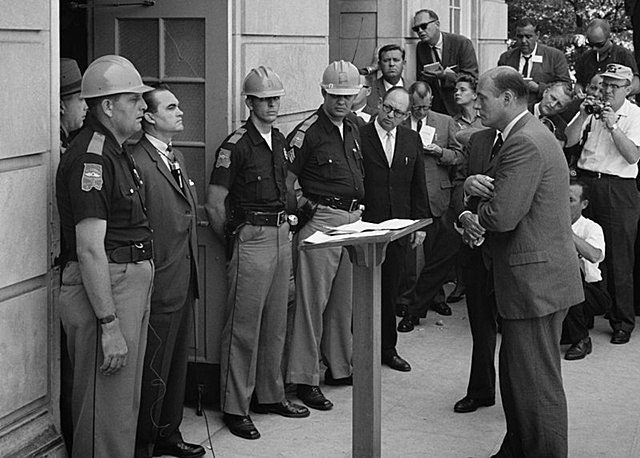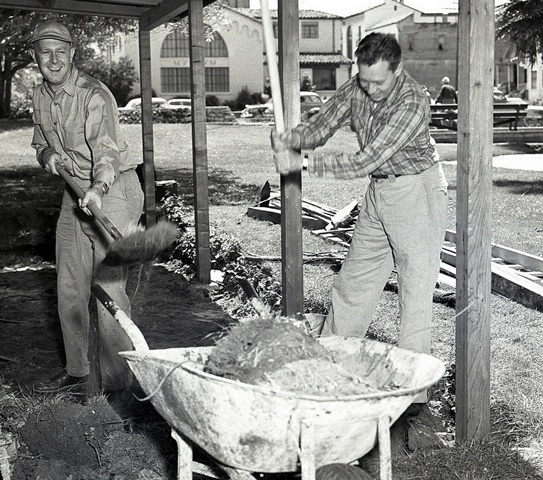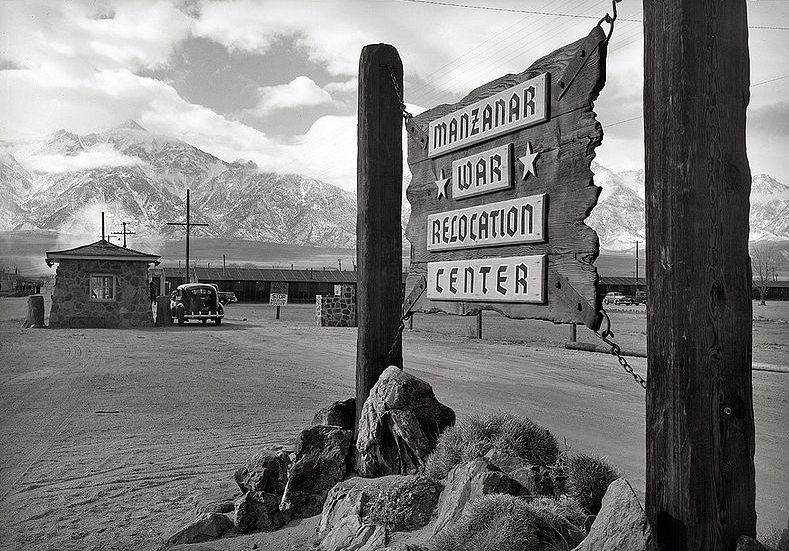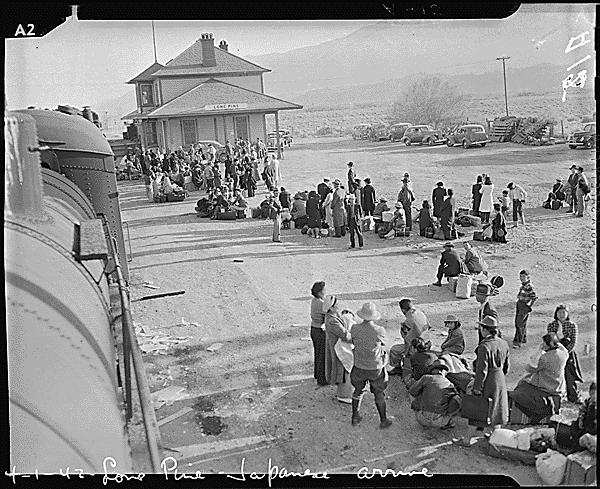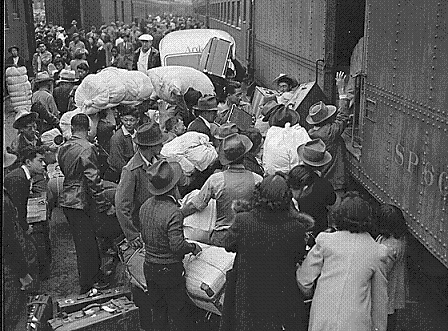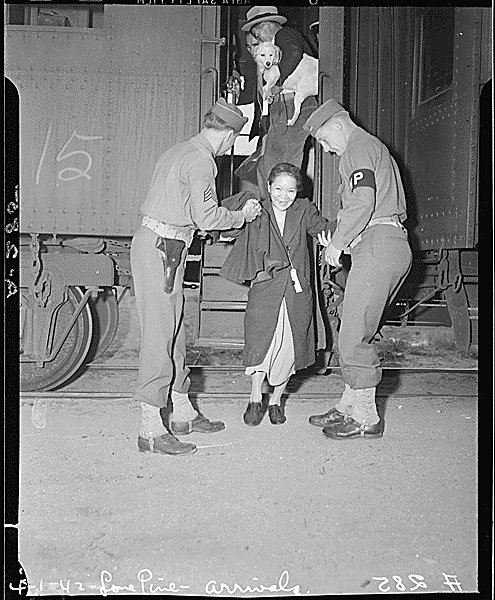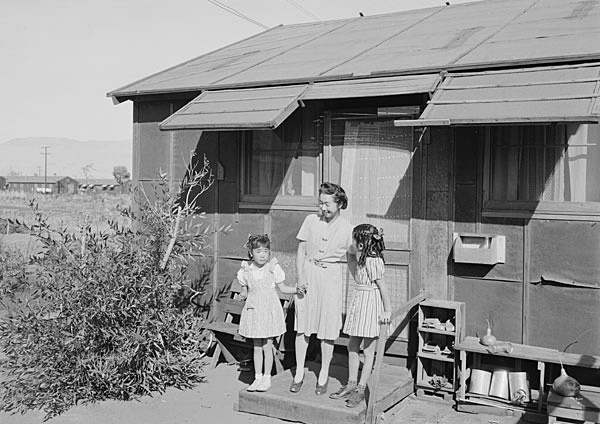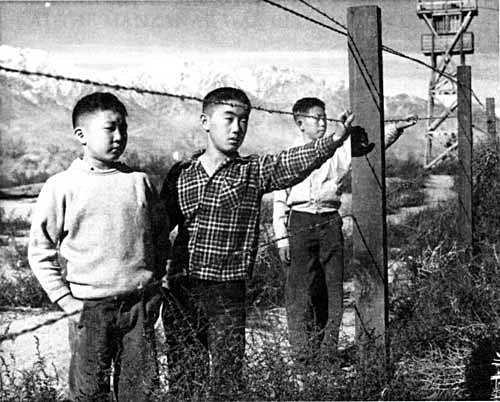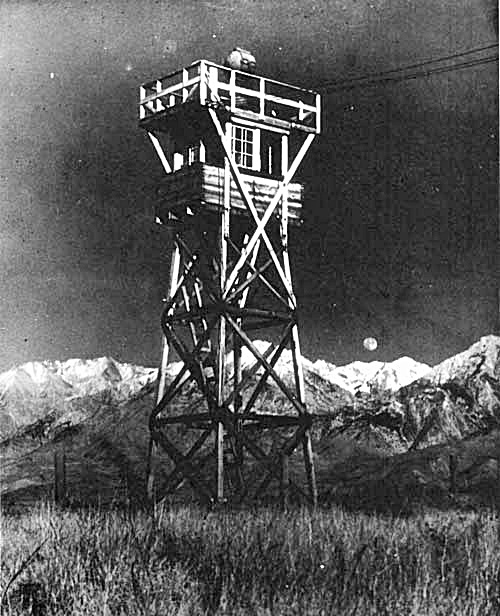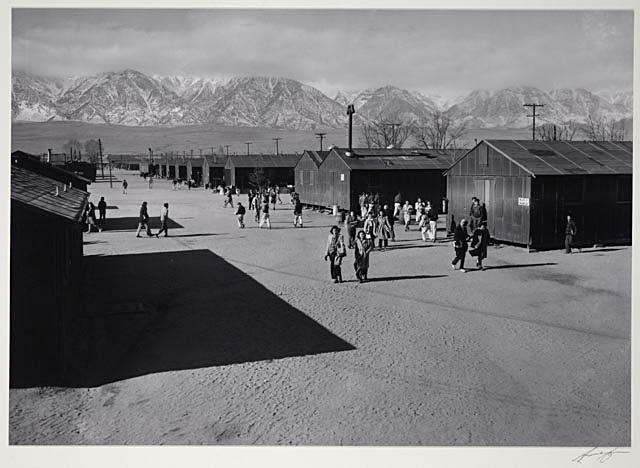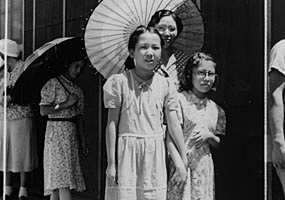American Girls: Dolls and Scouts
 Sunday, May 27, 2012 at 11:32AM
Sunday, May 27, 2012 at 11:32AM Girl Scouts of America is 100 years old this year.
As part of their celebrations, 100,000 US Girl Scouts will gather next week on the Mall in Washington DC, for “Girl Scouts Rock the Mall.” They hope to set a new world’s record for largest “sing-a-long” with their new theme song: “Girl Scouts ignite a dream, ignite your hope, ignite the world on fire.”
No wonder the US Catholic Bishops are so terrified of the Girl Scouts. Last month the bishops joined in the celebration of this venerable organization by launching an official church investigation into whether faithful Catholic girls should keep joining up.
Scouts no longer just sell cookies and earn badges for sewing and cooking. They learn leadership skills and study global issues facing girls and women today. Some of the criticisms of the Girls Scouts are:
- Their web sites link to groups like Doctors without Borders and Oxfam and Planned Parenthood, which support family planning and emergency contraception.
- Unlike the Boy Scouts, which require adult leaders to be straight, and fire them if they’re not, the Girls Scouts have no such policy.
- And when the girls recite their Promise, saying they will “serve God” (and country and help people), they now have the option of substituting a different word, like Allah, or the Creator. Their website describes this 1993 change:
"For some individuals, the word 'God', no matter how broadly interpreted does not appropriately reflect their spiritual beliefs. Since the belief in a spiritual principle is fundamental to Girl Scouting, not the word used to define that belief, it is important that individuals have the opportunity to express that belief in wording meaningful to them. It is essential to maintain the spiritual foundation of Girl Scouting, yet be inclusive of the full range of spiritual beliefs. This [policy change] does not take the word 'God' out of the Girl Scout Promise. It gives those individuals who wish to do so the option to state their commitment to the spiritual concepts fundamental to the Movement with a word or words more appropriate to their own beliefs. For instance, an individual may say 'my faith' or 'Allah' or 'the Creator'."
I guess the bishops don’t like hearing “Girl Scouts” in the same sentence as contraception, gay and Allah.
When I was a local church pastor I was approached by a Boy Scout leader to see if our church would sponsor a troop. I expressed concern about their exclusionary policies, which my denomination opposed. Oh yes, he sighed, God, gays and girls. Today the bishops are concerned about the Girl Scouts on God, gays and giving choices.
“Bishops Search for Condoms in Cookie Boxes” is a great recent article in Religion Dispatches by my friend and wise Catholic feminist Mary Hunt. Unlike the current Catholic investigation of another subversive group, nuns, which is worldwide, started by the Vatican, this one is “just” American. Maybe it’s easier to investigate the 3 million US Girl Scouts than the 10 million worldwide. That’s a lot of girls.
 Or maybe it’s just one more example of American confusion, paranoia or outright fear about women. Especially women’s power. And women’s sexuality.
Or maybe it’s just one more example of American confusion, paranoia or outright fear about women. Especially women’s power. And women’s sexuality.
The Girl Scout motto is “Courage, Confidence, Character.” We Americans are nervous about brave and confident women of character, let alone girls.
We want our girls to sell cookies, not learn how to use a chain saw.
Neither I nor my daughter joined the Girl Scouts. We thought we would be bored. We don’t do well in groups. But darn, I just found out they offer badges in subjects like Aerospace and Ms. Fix-it and Stress Less. I missed out.
And they celebrate each year “Worldwide Thinking Day” where they commit to thinking about their values and especially their sister scouts in another country. That should become a national American holiday – Worldwide Thinking Day. Not enough of that going on these days.
“American Girl” is the name of two very different US magazines. One is the Girl Scouts magazine.The other American Girl magazine supports the marketing of a very popular doll, called “American Girl” for girls 9-13. American Girls copyrights its material so we can't show you pictures - click the link for photos. The historic dolls are actually sort of cute.
 The first American Girl dolls, in the 1990’s, with accompanying easy-read books, depicted girls from different times in US history, like an African-American slave girl, a Jewish girl in 1914 Lower East Side. I did get my daughter one of the books, but the dolls, even in her eyes, seemed pricey. They start at $105 and with accessories can cost up to $600. After some controversy about the accuracy of their depiction of black and Hispanic girls and their stories, the line now features diverse contemporary girls. (There was more controversy around the cost when one of the diverse contemporary dolls depicted a homeless girl, and the $105 didn’t include her shelter bed.) The $500 million AG empire includes the magazine, stores across the country, specialty boutiques, theater movies, an online virtual world and a clothing line for the girls to dress like their dolls (also pricey.)
The first American Girl dolls, in the 1990’s, with accompanying easy-read books, depicted girls from different times in US history, like an African-American slave girl, a Jewish girl in 1914 Lower East Side. I did get my daughter one of the books, but the dolls, even in her eyes, seemed pricey. They start at $105 and with accessories can cost up to $600. After some controversy about the accuracy of their depiction of black and Hispanic girls and their stories, the line now features diverse contemporary girls. (There was more controversy around the cost when one of the diverse contemporary dolls depicted a homeless girl, and the $105 didn’t include her shelter bed.) The $500 million AG empire includes the magazine, stores across the country, specialty boutiques, theater movies, an online virtual world and a clothing line for the girls to dress like their dolls (also pricey.)
Sounds pretty American to me.
But gosh, Catholic groups also protested the American Girl doll company for donating funds to a group, Girls, Inc. that supports abortion rights and acceptance of homosexuality.
Maybe the bishops will try to stop American girls, including Scouts, from bringing their American Girl dolls to church. Back to the kitchen and the cookies.
Copyright © 2012 Deborah Streeter



